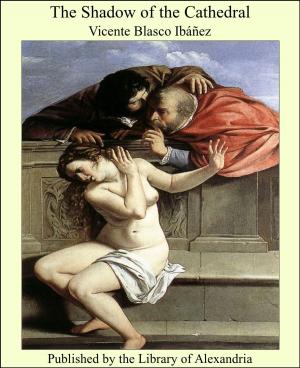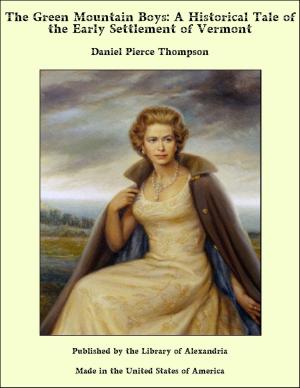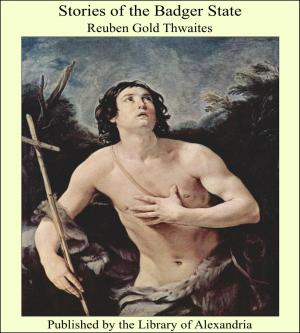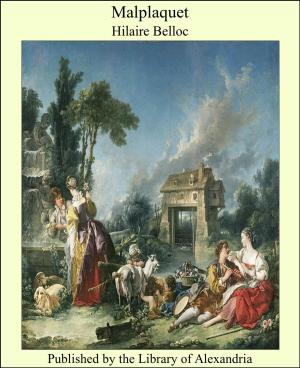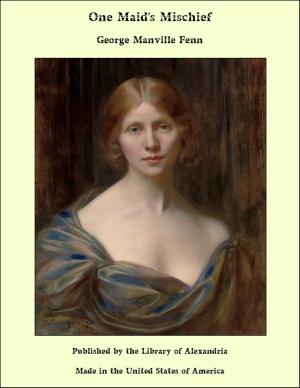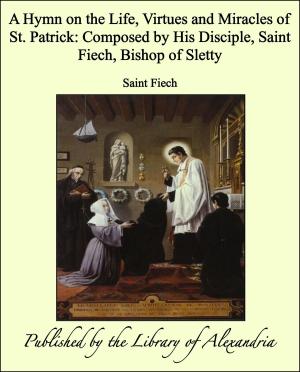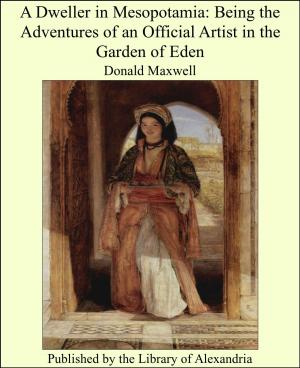Lessons in the Art of Illuminating: A Series of Examples Selected from Works in the British Museum, Lambeth Palace Library and the South Kensington Museum
Nonfiction, Religion & Spirituality, New Age, History, Fiction & Literature| Author: | William John Loftie | ISBN: | 9781465543455 |
| Publisher: | Library of Alexandria | Publication: | March 8, 2015 |
| Imprint: | Language: | English |
| Author: | William John Loftie |
| ISBN: | 9781465543455 |
| Publisher: | Library of Alexandria |
| Publication: | March 8, 2015 |
| Imprint: | |
| Language: | English |
PERHAPS the art of Illumination, although it is closely connected with that of Writing, may be entitled to a separate history. Men could write long before it occurred to them to ornament their writings: and the modern student will find that what he looks upon as genuine illumination is not to be traced back many centuries. True, one or two Roman manuscripts are in existence which may be dated soon after a.d. 200, and which are illustrated rather than illuminated with pictures. But the medieval art, and especially that branch of it which flourished in our own country, has a different origin, and sprang from the system, not of illustration, but of pure ornamentation, which prevailed in Ireland before the eighth century, but which reached its highest development among the Oriental Moslems. The works of the Irish school were for long and are sometimes still called "Anglo-Saxon," and there can be no doubt that the Irish missionaries brought with them to Iona and to Lindisfarne the traditions and practice of the art, which they taught, with Christianity, to the heathens of England. I will therefore refer the reader who desires to know more of palæography in general, and of the principal foreign schools of the art of writing, to the great works of M. Sylvestre, of Messieurs Wyatt and Tymms, of Henry Shaw, and Miss Stokes, and to various isolated papers in the Transactions of the Antiquarian Societies; and I will begin with the earliest practice of the art in our own country and by our own ancestors. During the eighth century rivalry to Irish art sprung up in the south; and the immediate followers of St. Augustine of Canterbury founded a scriptorium which produced many fine specimens. In less than two centuries a very high standard had been reached, and many of my readers will remember the Utrecht Psalter, as it is called, which, though it is one of the oldest Anglo-Saxon MSS. now preserved, is full of spirited drawings of figures and of illuminated capital letters. The volume formerly belonged to England, but was lost, and subsequently turned up in Holland. By the tenth century the art had reached such a pitch of perfection that we find a charter of King Edgar wholly written in letters of gold.
PERHAPS the art of Illumination, although it is closely connected with that of Writing, may be entitled to a separate history. Men could write long before it occurred to them to ornament their writings: and the modern student will find that what he looks upon as genuine illumination is not to be traced back many centuries. True, one or two Roman manuscripts are in existence which may be dated soon after a.d. 200, and which are illustrated rather than illuminated with pictures. But the medieval art, and especially that branch of it which flourished in our own country, has a different origin, and sprang from the system, not of illustration, but of pure ornamentation, which prevailed in Ireland before the eighth century, but which reached its highest development among the Oriental Moslems. The works of the Irish school were for long and are sometimes still called "Anglo-Saxon," and there can be no doubt that the Irish missionaries brought with them to Iona and to Lindisfarne the traditions and practice of the art, which they taught, with Christianity, to the heathens of England. I will therefore refer the reader who desires to know more of palæography in general, and of the principal foreign schools of the art of writing, to the great works of M. Sylvestre, of Messieurs Wyatt and Tymms, of Henry Shaw, and Miss Stokes, and to various isolated papers in the Transactions of the Antiquarian Societies; and I will begin with the earliest practice of the art in our own country and by our own ancestors. During the eighth century rivalry to Irish art sprung up in the south; and the immediate followers of St. Augustine of Canterbury founded a scriptorium which produced many fine specimens. In less than two centuries a very high standard had been reached, and many of my readers will remember the Utrecht Psalter, as it is called, which, though it is one of the oldest Anglo-Saxon MSS. now preserved, is full of spirited drawings of figures and of illuminated capital letters. The volume formerly belonged to England, but was lost, and subsequently turned up in Holland. By the tenth century the art had reached such a pitch of perfection that we find a charter of King Edgar wholly written in letters of gold.



